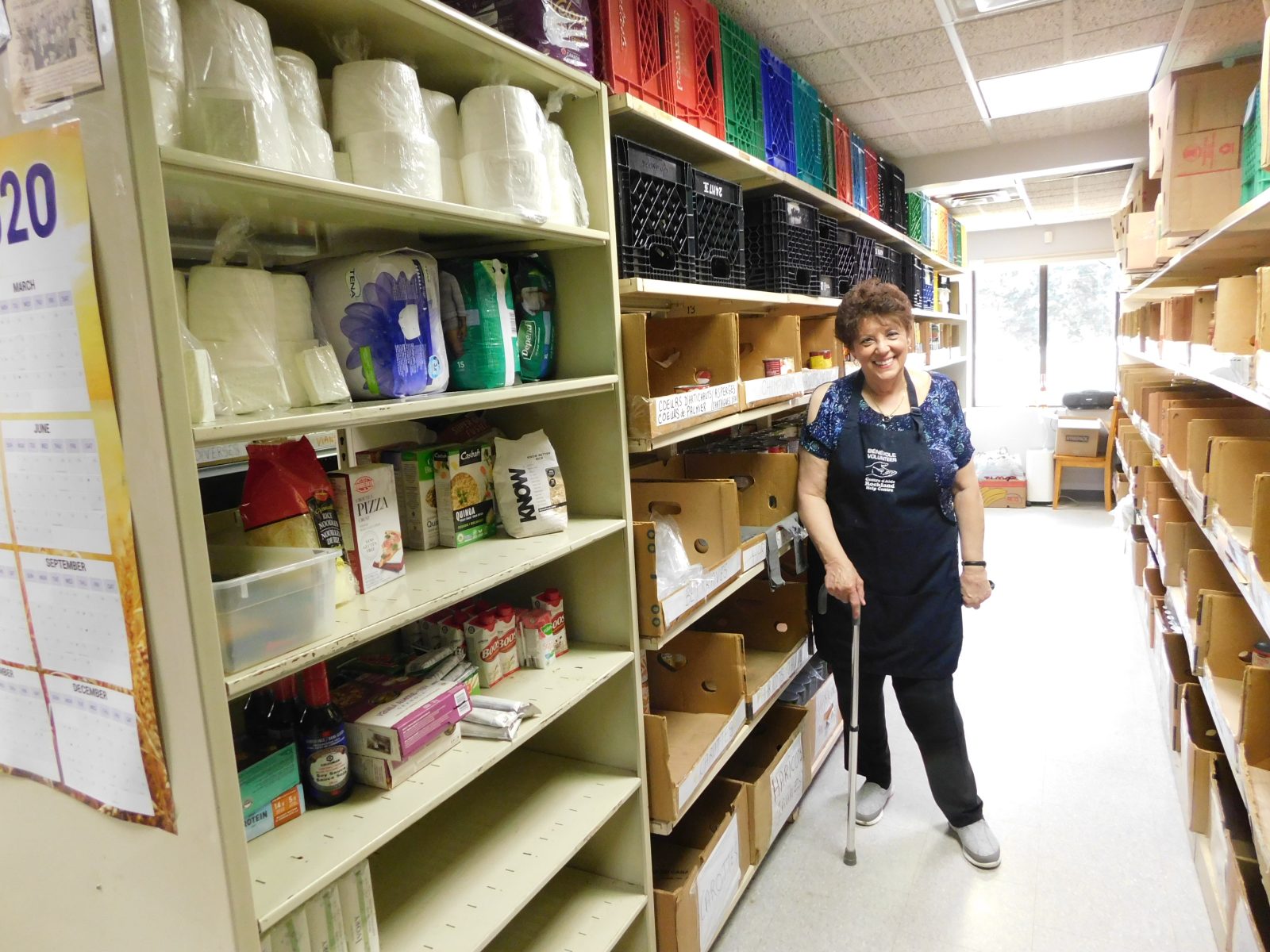“The problems were many,” stated Nicole Gaul, Help Centre food bank vice-president, in an email interview. “Firstly, the volunteers were, without exception, retired senior citizens, the high-risk group for COVID-19.”
Rockland food bank service adapts to pandemic



